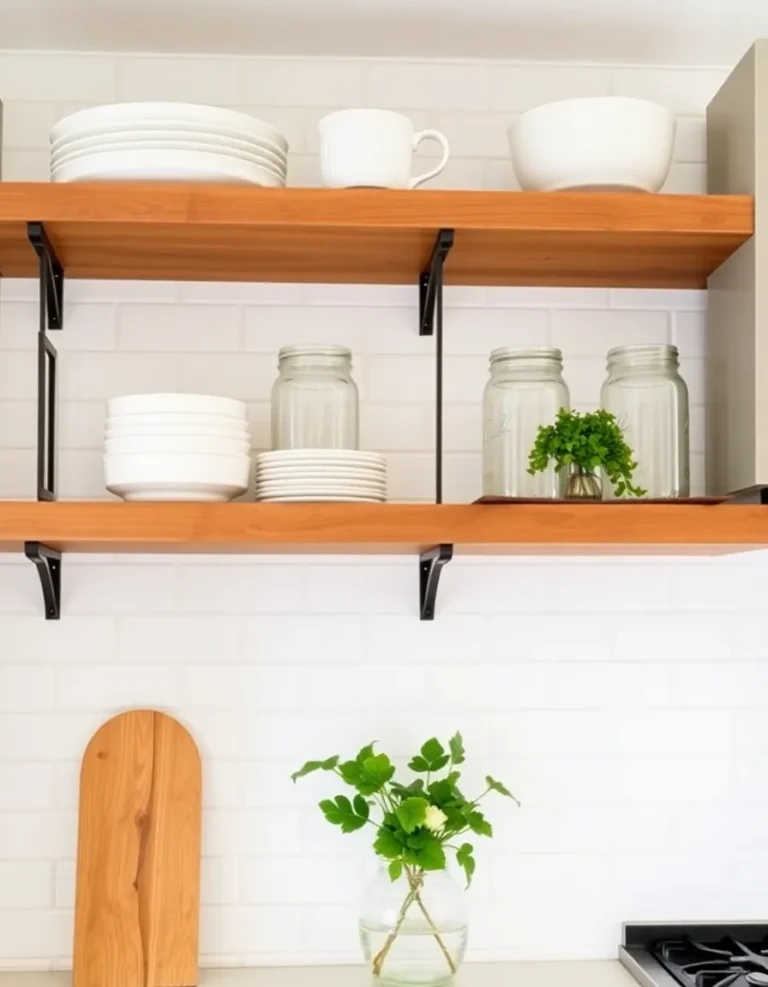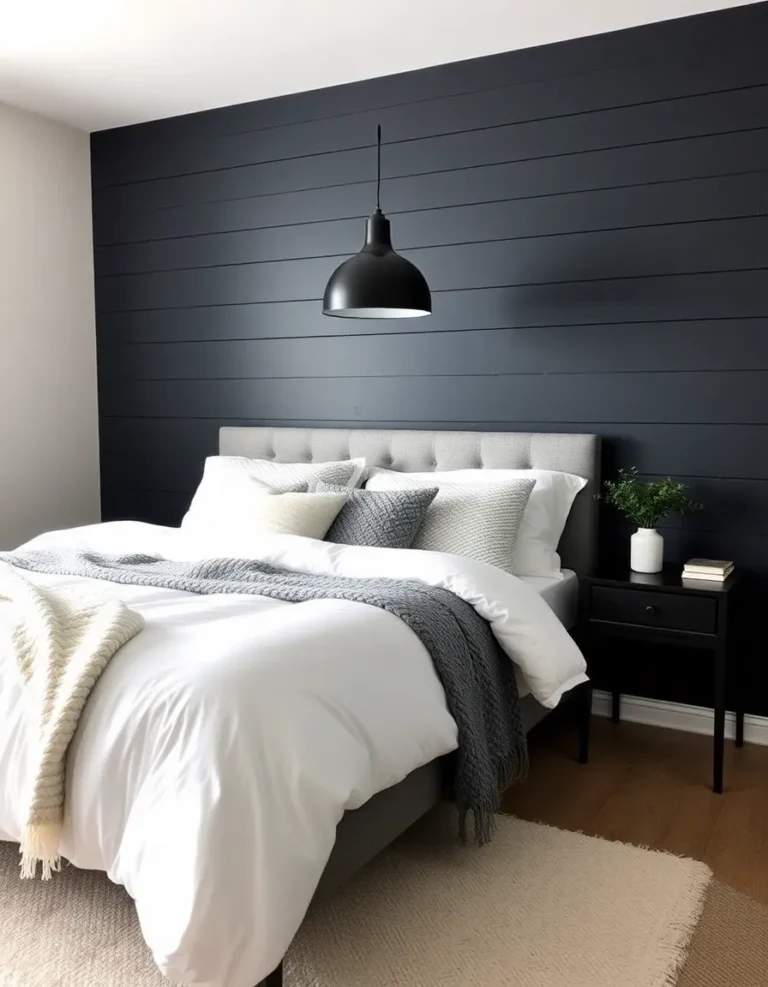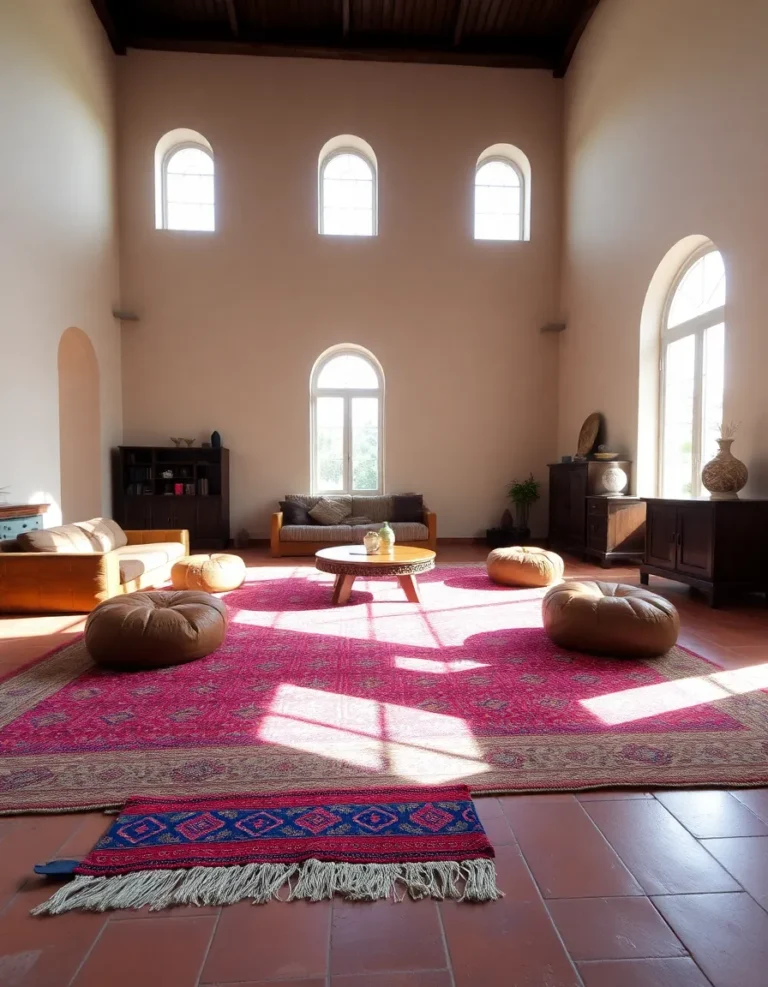Color Schemes That Work: Warm Whites, Soft Grays & Earthy Tones

Hey there, color lover! If you’ve ever stared at a blank wall or an empty room and thought, “What in the world do I do with this?”—you’re not alone. Picking the right color scheme can feel like trying to solve a Rubik’s Cube blindfolded. But here’s the good news: warm whites, soft grays, and earthy tones are like the cheat codes of interior design. They’re timeless, versatile, and—most importantly—hard to mess up. Whether you’re a renter stuck with beige walls or a homeowner ready for a refresh, these colors will make your space feel cozy, sophisticated, and effortlessly put together. So, let’s dive in and explore why these shades work so darn well.
1. The Magic of Warm Whites
Warm whites are the unsung heroes of the color world. Unlike their cooler cousins (looking at you, sterile hospital white), warm whites have a hint of yellow, pink, or cream that makes a room feel inviting instead of icy. I once painted my entire apartment in a cool white, and let’s just say it felt more like a lab than a home. Lesson learned.
Why do warm whites work so well? They’re like a cozy sweater for your walls—soft, comforting, and always in style. They reflect light beautifully, making small spaces feel bigger, and they play nicely with almost every other color. Plus, they’re a dream for layering textures. Think linen curtains, a chunky knit throw, and a weathered wood coffee table. Instant hygge vibes.
Here are a few of my go-to warm white paint colors:
- Benjamin Moore’s White Dove – A classic with just enough warmth to avoid feeling cold.
- Sherwin-Williams’ Alabaster – Slightly creamy but still crisp.
- Farrow & Ball’s Pointing – A soft, barely-there warmth that’s perfect for any room.
Pro tip: Always test your whites in different lighting. What looks warm and buttery at noon might turn into a sad beige at dusk. Trust me, I’ve been there.
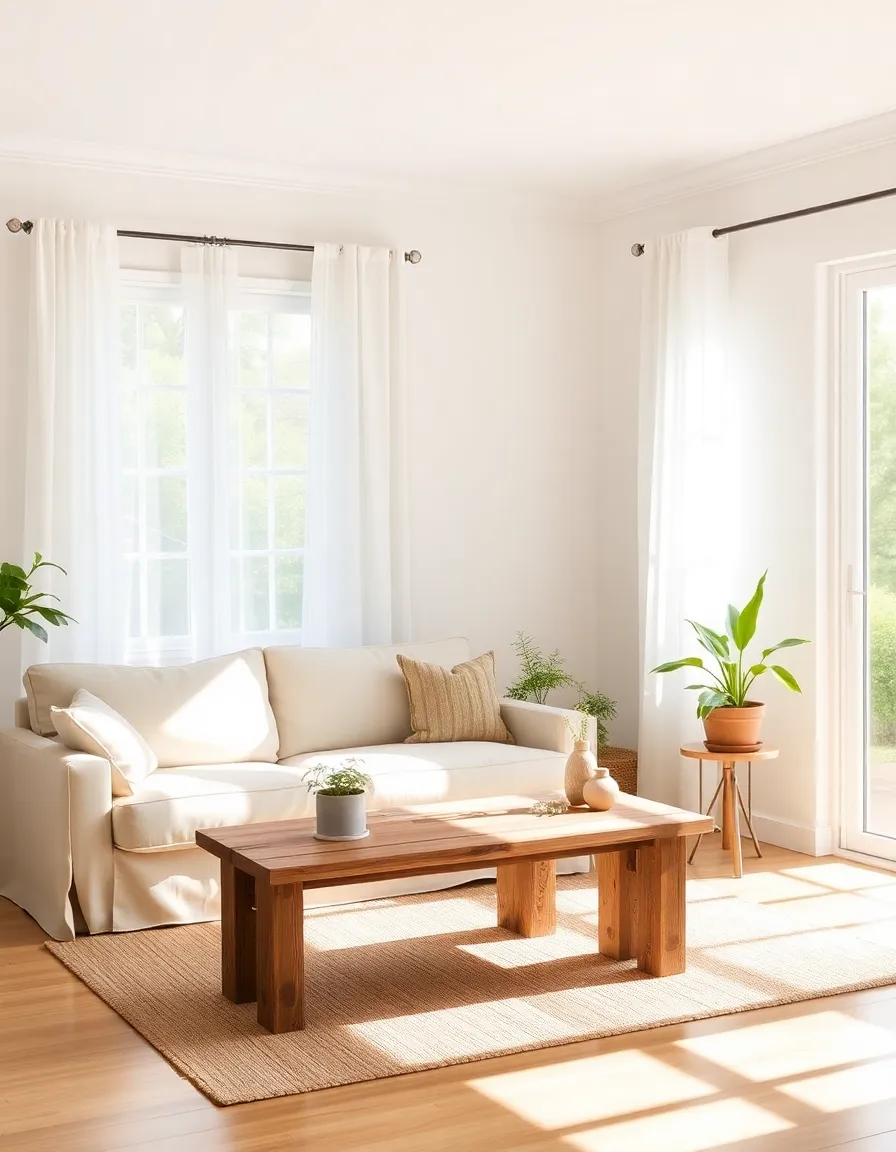
2. Soft Grays: The Ultimate Neutral
Gray gets a bad rap for being boring, but hear me out—soft grays are anything but dull. They’re the chameleons of the color world, shifting from cool to warm depending on their undertones and the light. I once painted my bedroom a soft gray with a hint of lavender, and it felt like sleeping in a cloud. No exaggeration.
The key to nailing soft gray is choosing one with the right undertone. Too blue? Congrats, your room now feels like a rainy day in Seattle. Too brown? Suddenly, you’re living in a mud puddle. But get it right, and soft gray becomes the perfect backdrop for bold accents or a monochromatic scheme.
Here’s how to pick the perfect soft gray:
- Look for undertones – Warm grays have hints of brown or taupe, while cool grays lean blue or green.
- Test in your space – Gray is notorious for looking different in every room. Paint a swatch and observe it at different times of day.
- Pair with texture – Soft gray loves company. Try it with velvet pillows, a wool rug, or matte black hardware for contrast.
My personal favorite? Sherwin-Williams’ Repose Gray. It’s like the Goldilocks of grays—not too warm, not too cool, just right.
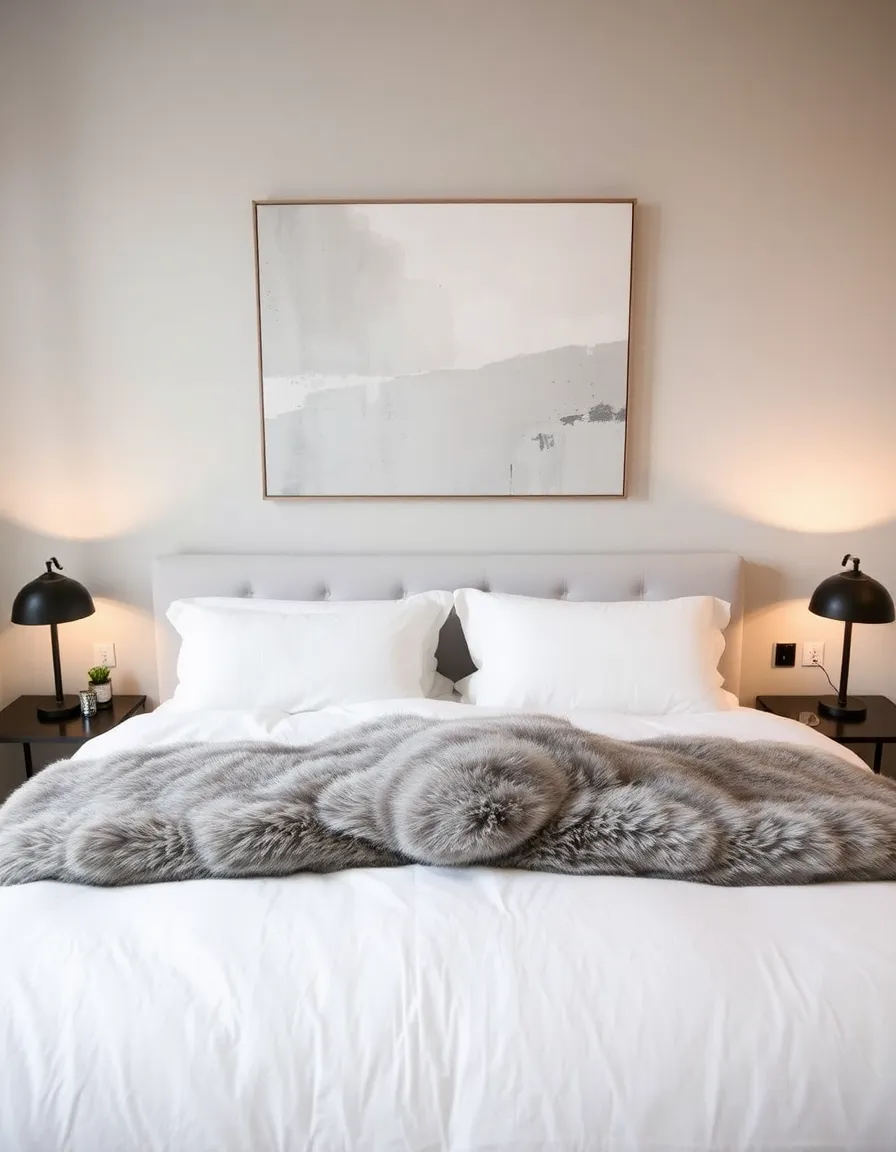
3. Earthy Tones: Bringing the Outside In
Earthy tones are nature’s gift to interior design. Think warm browns, mossy greens, and terracotta oranges—colors that make you feel grounded (pun intended). I once swapped out my bright blue accent wall for a deep olive green, and suddenly, my living room felt like a serene forest retreat. Minus the mosquitoes, thankfully.
Why do earthy tones work? They’re inherently calming and pair effortlessly with natural materials like wood, stone, and rattan. Plus, they’re a great way to add depth without going dark. A sage green kitchen? Yes, please. A terracotta bathroom? Sign me up. These colors have a way of making spaces feel lived-in and welcoming, like they’ve been curated over time.
Here are a few ways to incorporate earthy tones:
- Go bold with a feature wall – Try a rich, earthy hue like burnt sienna or deep ochre.
- Layer with neutrals – Pair earthy tones with warm whites or soft grays to keep things balanced.
- Add natural textures – Wicker baskets, jute rugs, and wooden shelves enhance the organic feel.
FYI, if you’re nervous about commitment, start small with throw pillows or a vase. Earthy tones are surprisingly easy to live with—no wilderness survival skills required.
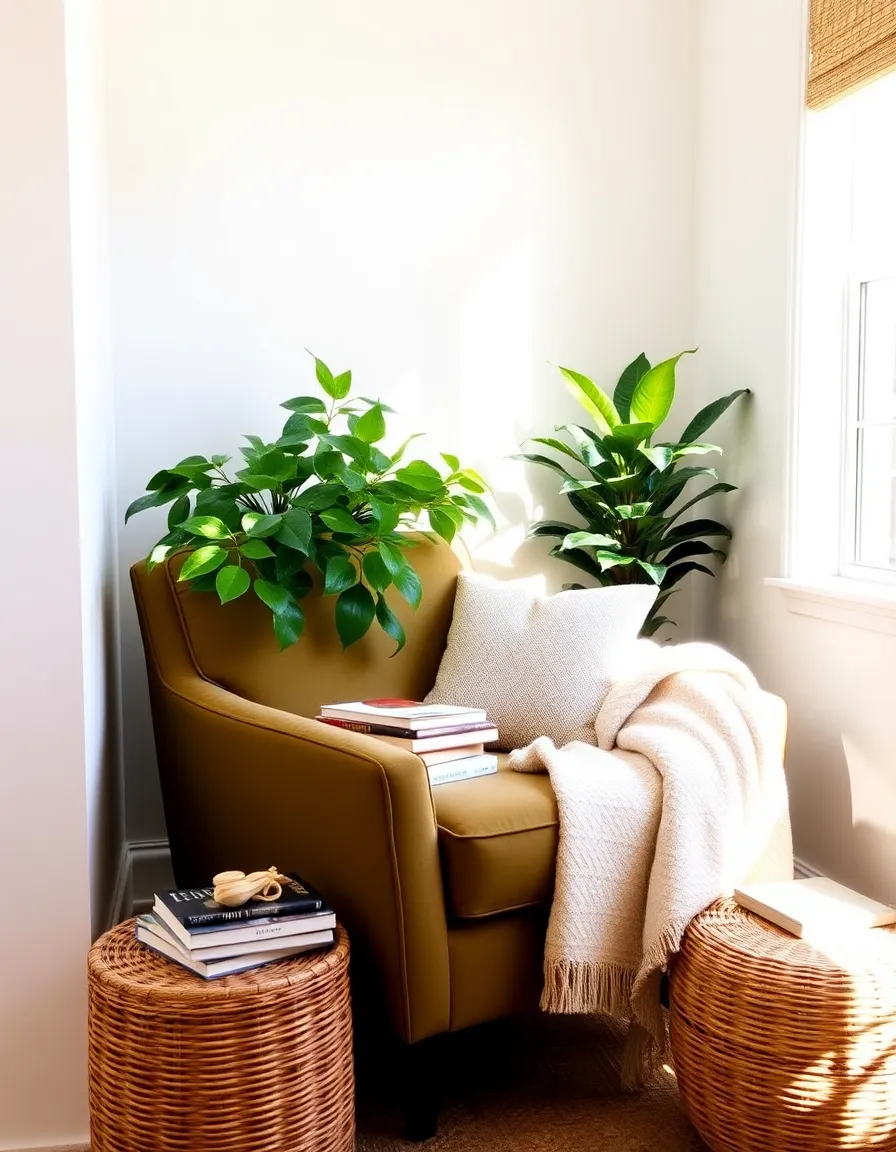
So, there you have it—warm whites, soft grays, and earthy tones are the holy trinity of foolproof color schemes. They’re versatile, timeless, and (most importantly) hard to mess up. Whether you’re going for a minimalist look or a cozy, layered vibe, these colors will give you a solid foundation to build on. And hey, if all else fails, just remember: paint is temporary. Unless you’re like me and once painted a room three times in a week. But that’s a story for another day. Happy decorating!

